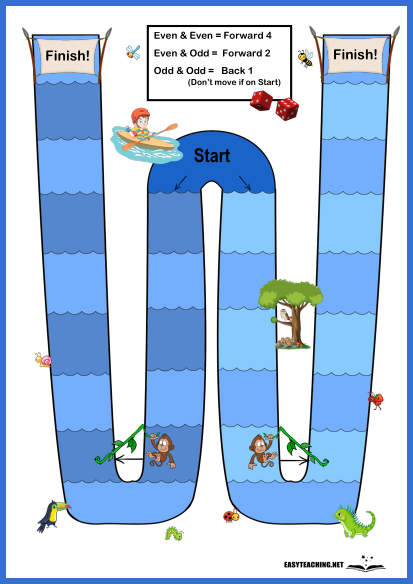Blog / Maths
Patterns to Properties: How to Teach Odd and Even Numbers

Understanding the difference between odd and even numbers is essential for building a strong foundation in mathematics. This concept plays a key role in learning about divisibility rules, prime numbers and numerical patterns. If you’re wondering how to teach odd and even numbers effectively, there are many engaging strategies to help students grasp these ideas. In this article, we’ll explore what makes a number odd or even and share some of our favourite teaching methods and resources to reinforce this fundamental concept.
What Are Odd and Even Numbers?
An odd number is any whole number that cannot be evenly divided by 2. There is always a remainder of 1. For example, 1, 3, 5, 7, and 9 are odd numbers because they cannot be divided by 2 without a remainder.
In contrast, an even number is any whole number that can be divided by 2 without leaving a remainder. Numbers like 2, 4, 6, 8, and 10 are even because they divide evenly by 2. It’s important to note that zero is also classified as an even number.
Introducing Odd and Even Numbers
Exploration
When considering how to teach odd and even numbers, it’s important to start with exploration. Before defining any rules or properties, give students opportunities to explore odd and even numbers. Set up activities or present students with scenarios to help them discover the difference between these numbers for themselves.
For example, have students form two lines and discuss the result. Why is one person without a partner? Does our class always have one person without a partner? Why?
Hands-On
Use Manipulatives: Have students use manipulatives (counters, toys, etc.) to represent odd and even numbers. Grouping collections of objects into pairs is a great way to show to help students see that some numbers (odd numbers) will have one left over without a partner, while others (even numbers) can be divided evenly into two groups.
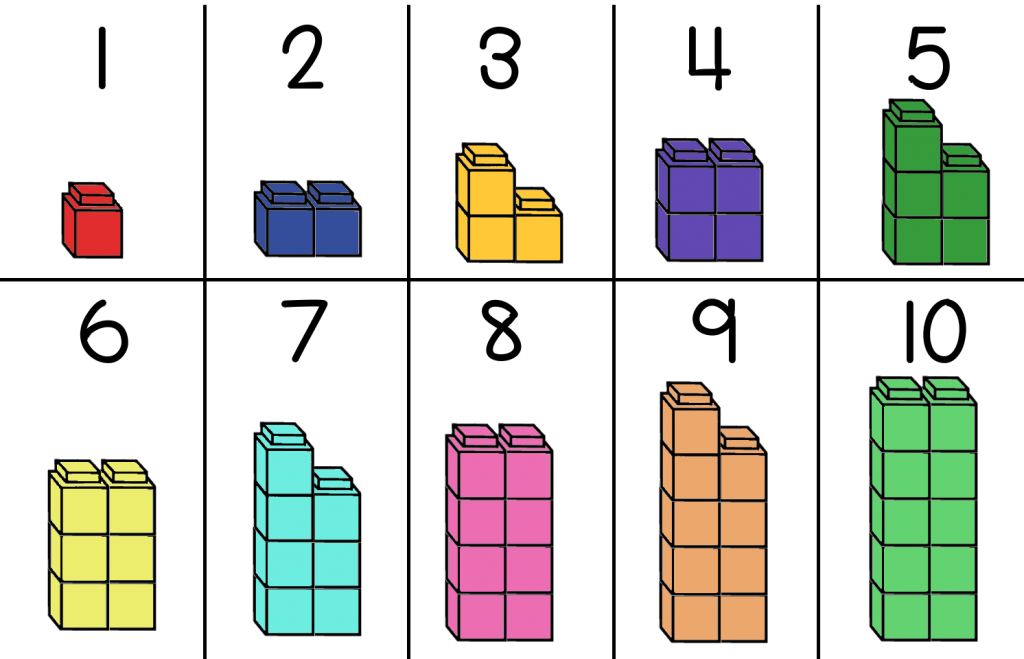
Real-Life Examples
Help students see odd and even numbers in everyday life by making real-world connections. Dinner plates are often sold in sets of four, and socks come in pairs (at least before they enter the washing machine). House numbers also follow an alternating pattern, with even numbers on one side of the street and odd numbers on the other. Encourage discussion about why so many things are grouped in even numbers, such as symmetry and orderliness.
Ten Frames
Ten frames are a great visual to help highlight the idea of having ‘one left over’. Check out this ten frame worksheet to get started.

Games
A Roll of the Dice
In this whole class game, students guess whether the roll of a die will show and even number or an odd number. Students who guess incorrectly sit down, the rest of the class moves on to the next round and the game repeats until there is a winner (last student standing). Assign poses for students to use to indicate whether they guess ‘even’ or ‘odd. For example, holding one arm in the air for a guess of ‘odd’ and two arms for a guess of ‘even’.
River Race
Race from the start to the finish line in this odd and even board game. Download below.
Number Boards
A great visual activity for how to teach odd and even numbers is to give students a blank 100 board and have them use different colours to highlight odd and even numbers. For example, students can colour odd numbers in blue and even numbers in yellow.
This activity encourages students to visually identify patterns in number sequences. Lead a class discussion as patterns emerge.
Will the pattern continue for larger numbers?
Will the number 104 be coloured yellow or blue? How do they know?
This activity helps reinforce understanding of odd and even numbers while promoting critical thinking about number patterns. Download an colour odd and even 100 board here.

Worksheets
Odd and Even Number Worksheets: After giving students opportunities to explore odd and even numbers using hands-on manipulatives, worksheets can be a good way of consolidating and extending their understanding. Check out some odd and even number worksheets below, or visit our Odd & Even Numbers page for more.
Exploring Properties of Odd and Even Numbers
Once students have a solid understanding of what odd and even numbers are, it’s time to investigate their properties in more detail. This is an important step in how to teach odd and even numbers. For example, when two odd numbers are added together, the result is always an even number. Similarly, adding two even numbers will always result in an even number.
Identifying these patterns is key in teaching odd and even numbers in various mathematical operations. Encourage discussions around why these patterns hold true, such as: Why does adding two odd numbers always result in an even number? Why does subtracting an odd number from an even number result in an odd number? These conversations will help deepen students’ understanding of the properties of odd and even numbers.
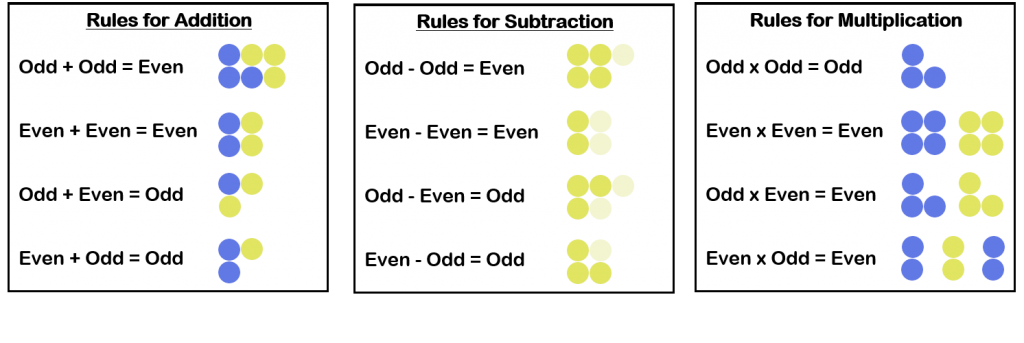
It is important that students establish a strong understanding of the differences between odd and even numbers before they progress to more complex concepts. These strategies, resources and activities are great tools for helping students do just that. Visit our Odd & Even Numbers page for more.
Related articles
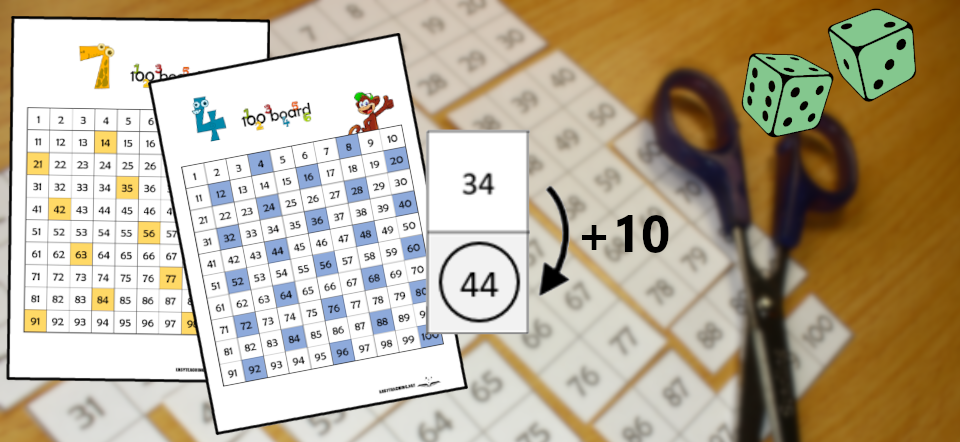
100 Chart Activities: Unlocking Patterns & Play
Learn how the hundred chart can make learning numbers engaging and fun for kids of all ages.
Read More
Teaching and Learning Videos
The ways in which students access learning content has expanded. Our YouTube channel aims to make teaching more efficient and learning easier.
Read More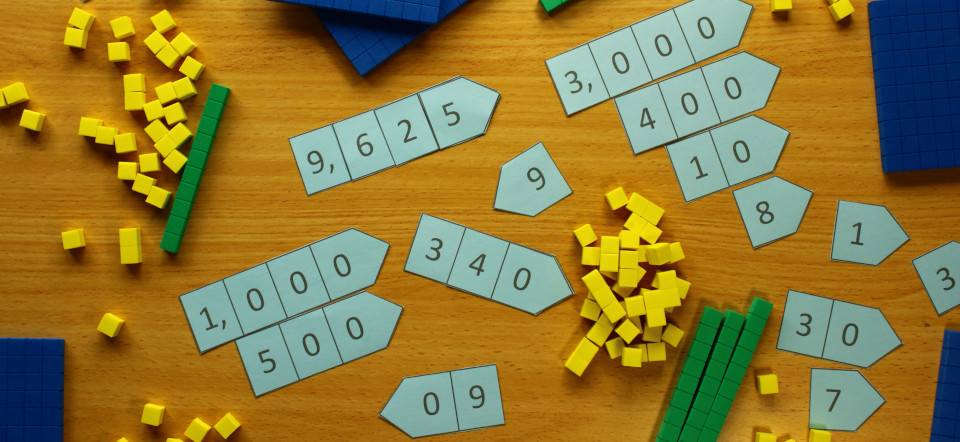
Fun with Place Value: Activities for Early Number Learning
Place value activities to help students understand numbers and build confidence.
Read More



